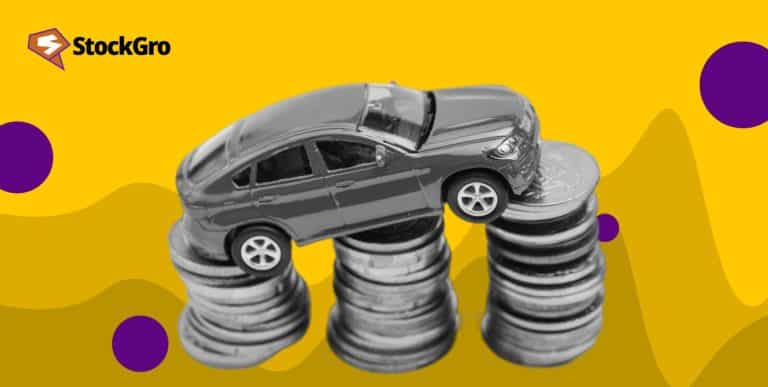
Investors invest in a fixed deposit (FD) and feel secure knowing that their money will grow over time, providing financial stability. However, the majority of them are unaware of strategies that might help them boost their returns on FD investments.
A fixed deposit that pays interest each month is one such method. For retirees and those looking for a reliable source of income, this kind of investment is a popular option since it provides the benefit of regular monthly payments.
Let’s understand this investment avenue in detail.
Also read: Deposit Vs. Deposit – Should you invest in FD or RD?
What is a monthly interest payout fixed deposit?
A fixed deposit is a type of investment that yields a higher rate of return than a traditional savings account. The account user is required to deposit a certain quantity of money with a financial institution for a defined period. A tenor might last anywhere from seven days to ten years on average.
Usually, a predefined interest rate applies to such deposits, and the account holder receives payments at specific intervals (quarterly, monthly, etc.) or upon maturity.
A monthly interest payout fixed deposit is when a fixed deposit account holder has selected a monthly interest payout. You may find FD schemes offered by financial institutions such as banks, non-banking financial firms, or credit unions.
How to determine fixed deposit interest rates monthly payout?
If you choose a monthly interest payout option, the interest is determined using the simple interest technique, and payments are made monthly. As a result, you may continue to receive a steady income stream while your invested capital is intact.
There are two methods to determine the monthly interest payout on your FD investment: manually and through a calculator.
The manual calculation process involves two stages.
- Finding out the total interest payout is the first step.
The variables A, P, r, n, and t represent the maturity amount, principal amount, interest rate, frequency of compounding each year, and the overall number of years, respectively.
2. Once you have this number, you can figure out the interest payment per month by using the following formula:
A monthly payment FD calculator is another option to consider. The maturity amount may be determined by entering the principal amount, yearly interest rate, and FD tenure.
The following steps will help you use the fixed deposit monthly interest payout calculator to determine your monthly interest payout:
- In the first step, you must visit the bank’s official website.
- Second, go to the page where you can find the Fixed Deposit Calculator by selecting the right option.
- Third, choose the account type, FD type, and term, and input the deposit amount.
After you fill out all the necessary fields, you will be able to see the interest amount as well as your possible total interest payout.
Also read: The best banks in India: Leading the way in finance
What makes monthly interest fixed deposits popular?
Individuals looking to build a regular monthly income have shown interest in FDs that offer monthly interest distributions. People who have retired or are seeking a stable income similar to a pension may find this option appealing.
One notable feature of fixed-deposit accounts that yield monthly interest is the continual returns they provide, which give investors a sense of liquidity.
That said, let’s look at all the benefits you can expect from investing in FDs with a monthly interest payout.
Benefits of monthly interest payout FD
For retirees and others looking for a steady source of income, a fixed-rate deposit (FD) is a great option because of the monthly interest it offers. Here are a few advantages of it:
- A reliable source of income
Fixed-deposit accounts (FDs) that pay interest regularly give people and retirees a steady stream of income. This is helpful for people who want to have a steady income in retirement.
- Careful financial planning
Because FDs consistently provide cash inflows, people may budget carefully and match their expenses to their income, which improves financial discipline.
- More control over cash flow
In addition to ensuring a consistent income, monthly interest payments on FDs contribute to adjustable and liquid cash flow. This liquidity turns into a helpful resource that may support regular spending, long-term financial objectives, and unexpected emergencies.
- Reinvestment opportunities
When funds from FDs accumulate interest, they become versatile funds that may be reinvested strategically. With this fund, people may maximise capitalisation while exploring various opportunities. The opportunity to diversify and expand one’s wealth is presented by the cyclical character of reinvestment.
Also read: Bank rate vs. Repo rate – Understanding the key differences
Conclusion
One of the most reliable and risk-free methods for earning profit is with a fixed deposit. And, earning a consistent income with the added flexibility of monthly interest on your FDs is a great way to simplify and streamline your financial planning.
However, as you make financial decisions, consider all the investment options available that match your financial goals and risk tolerance.

